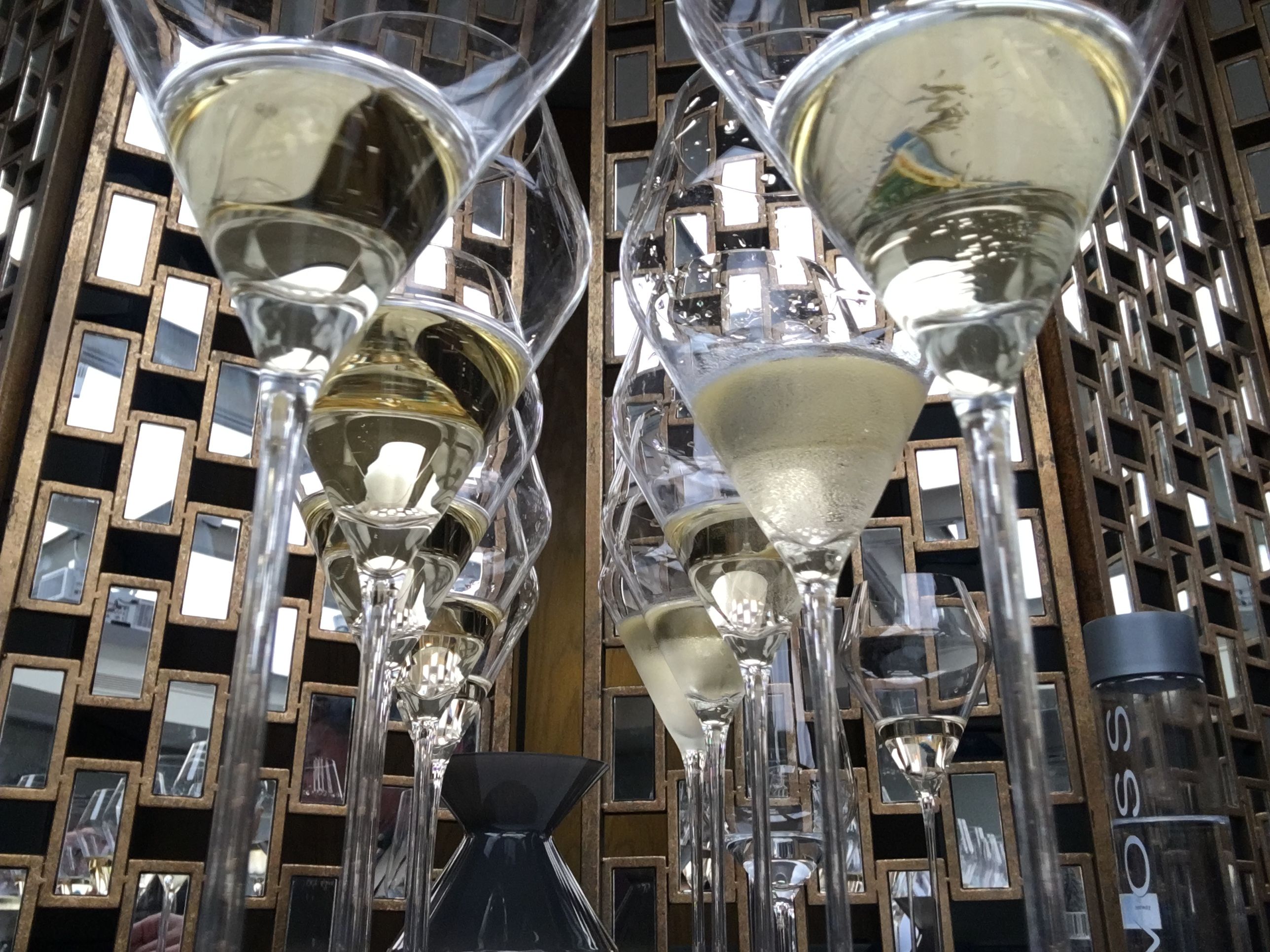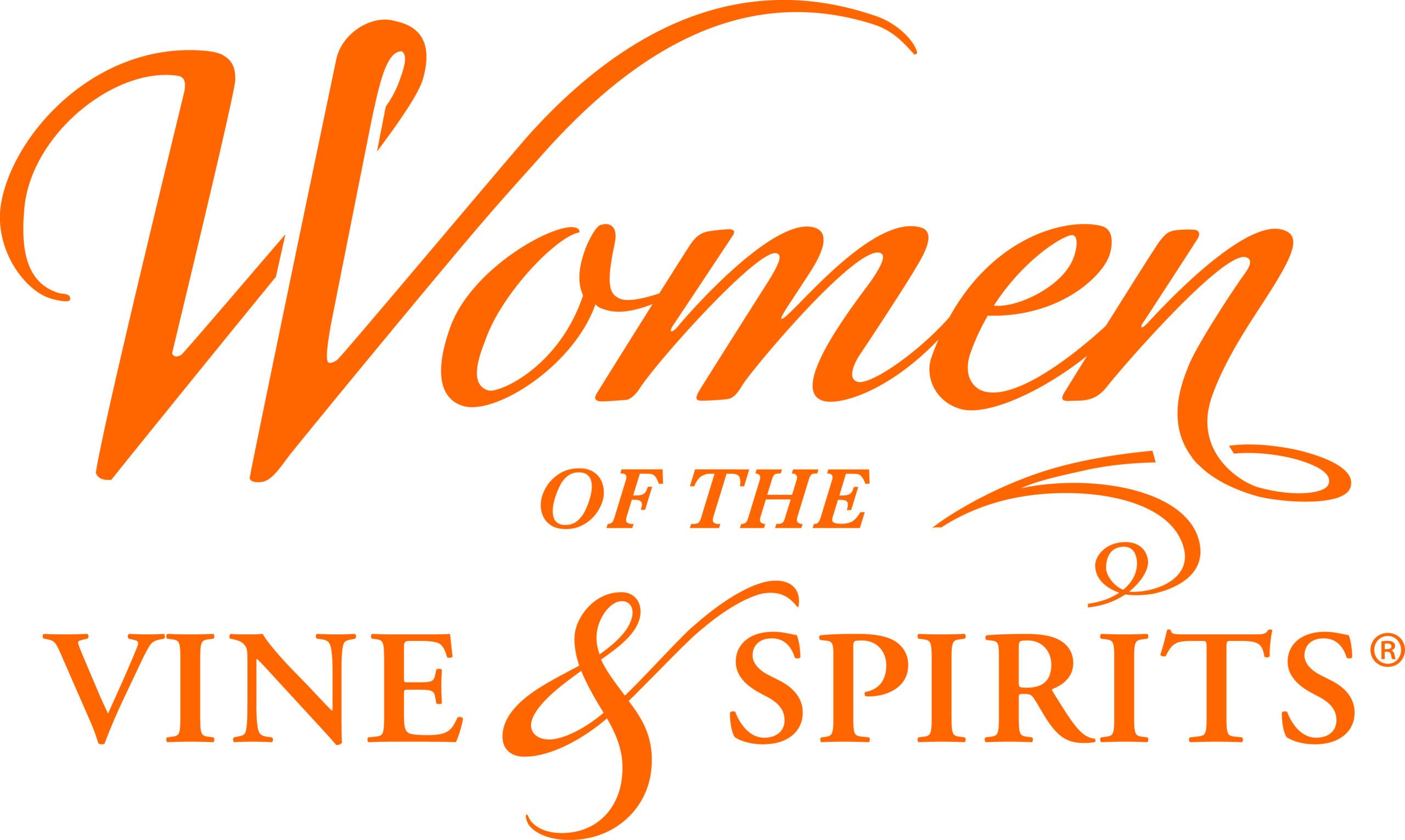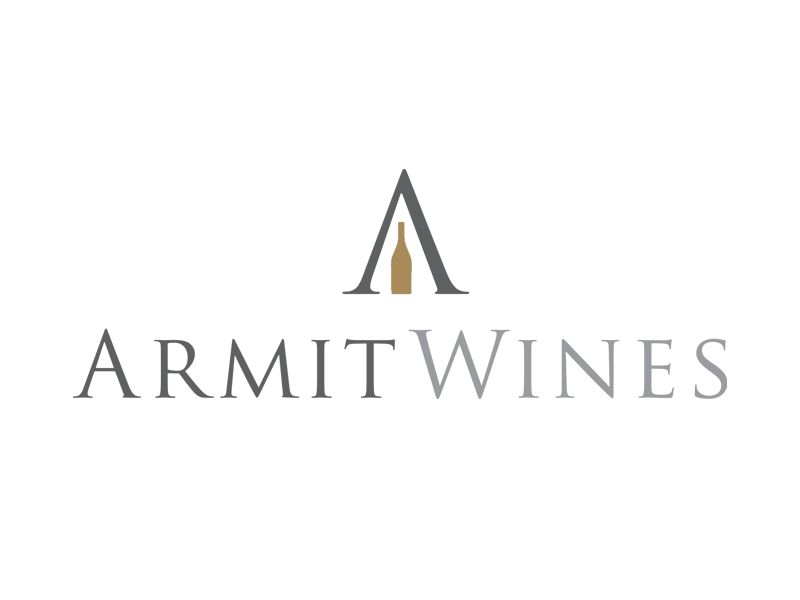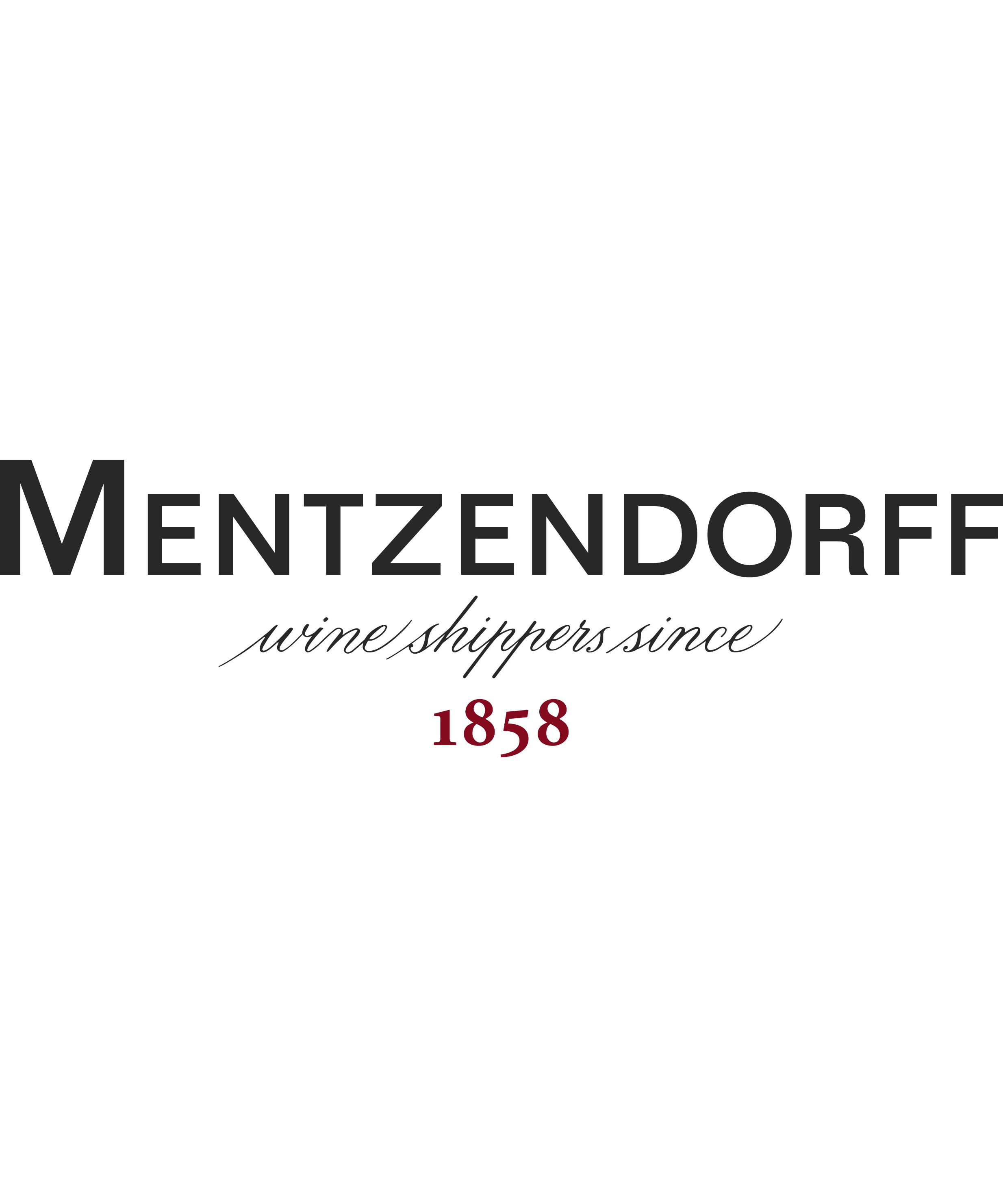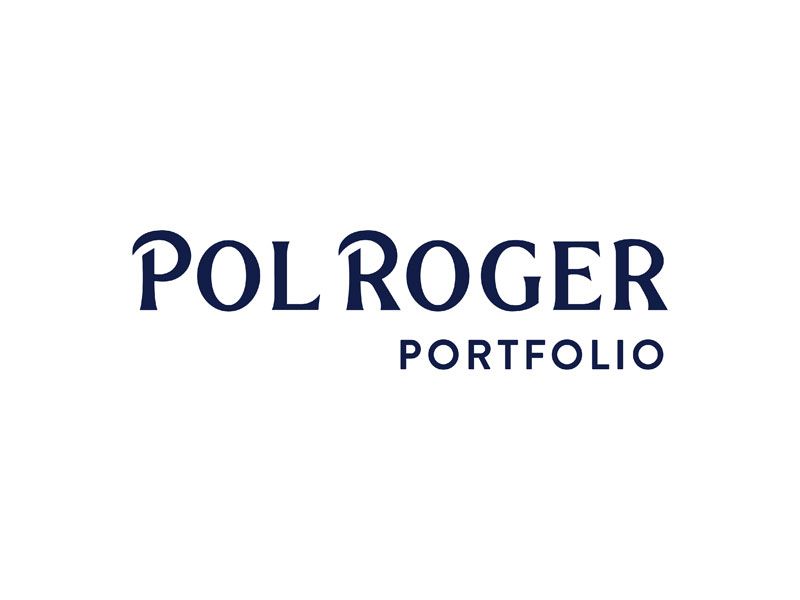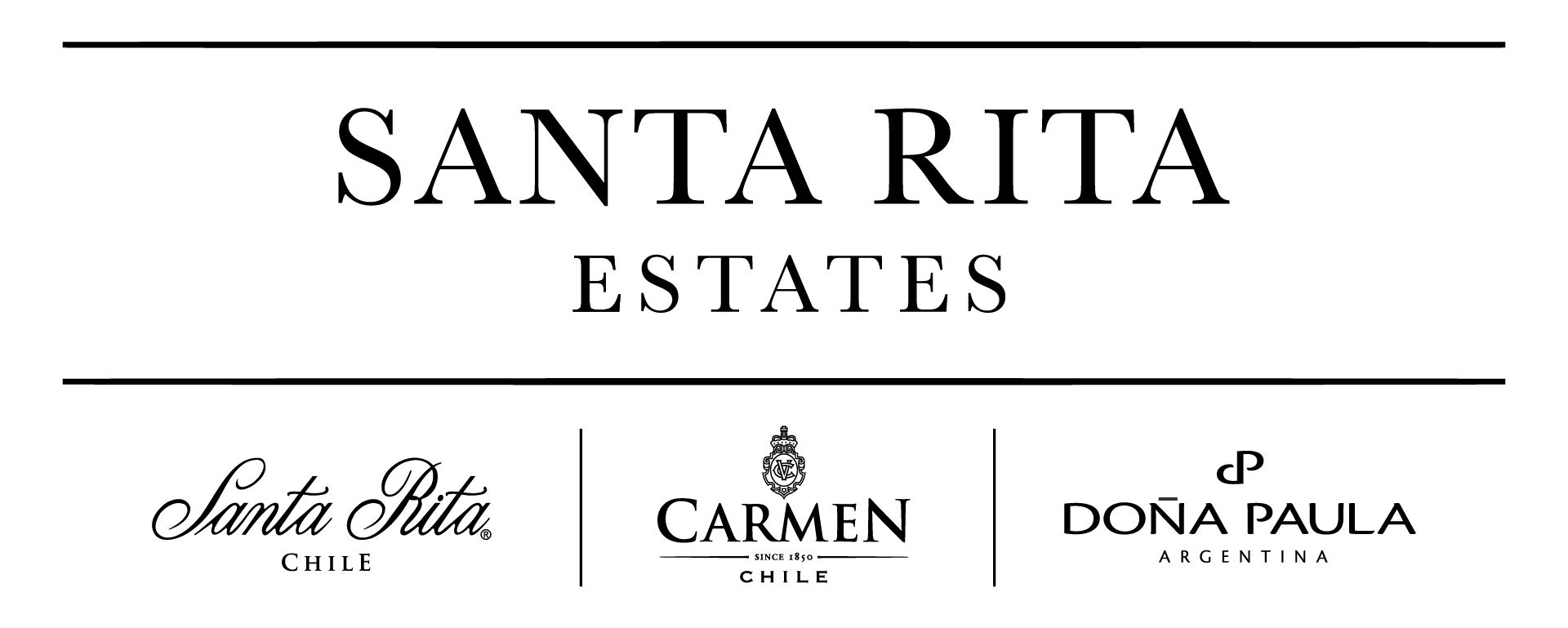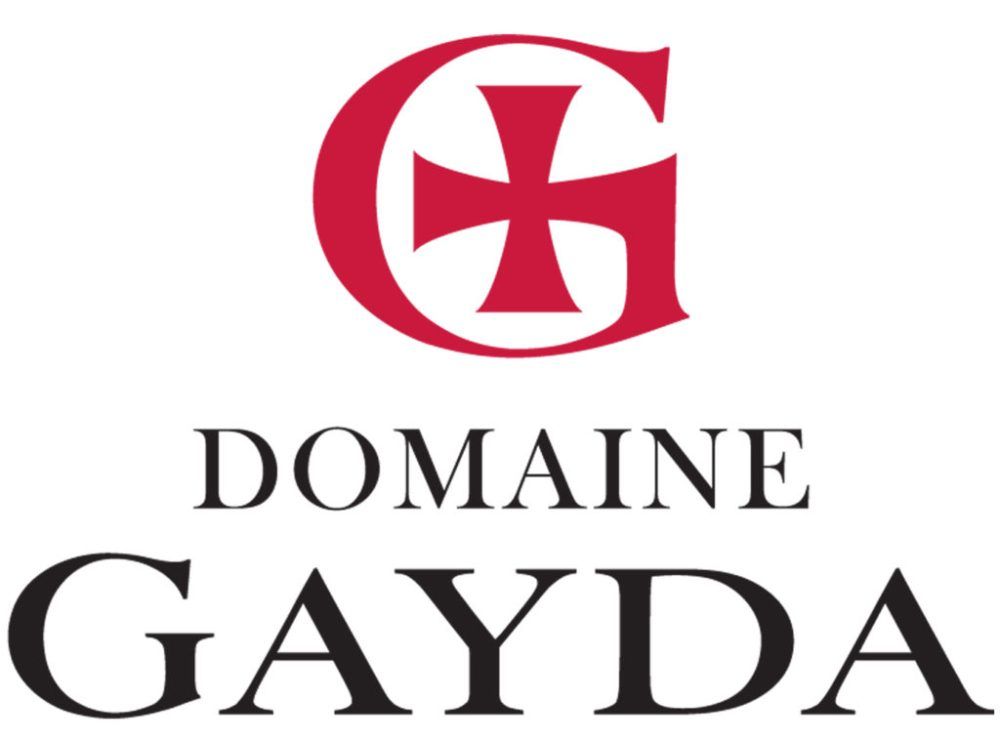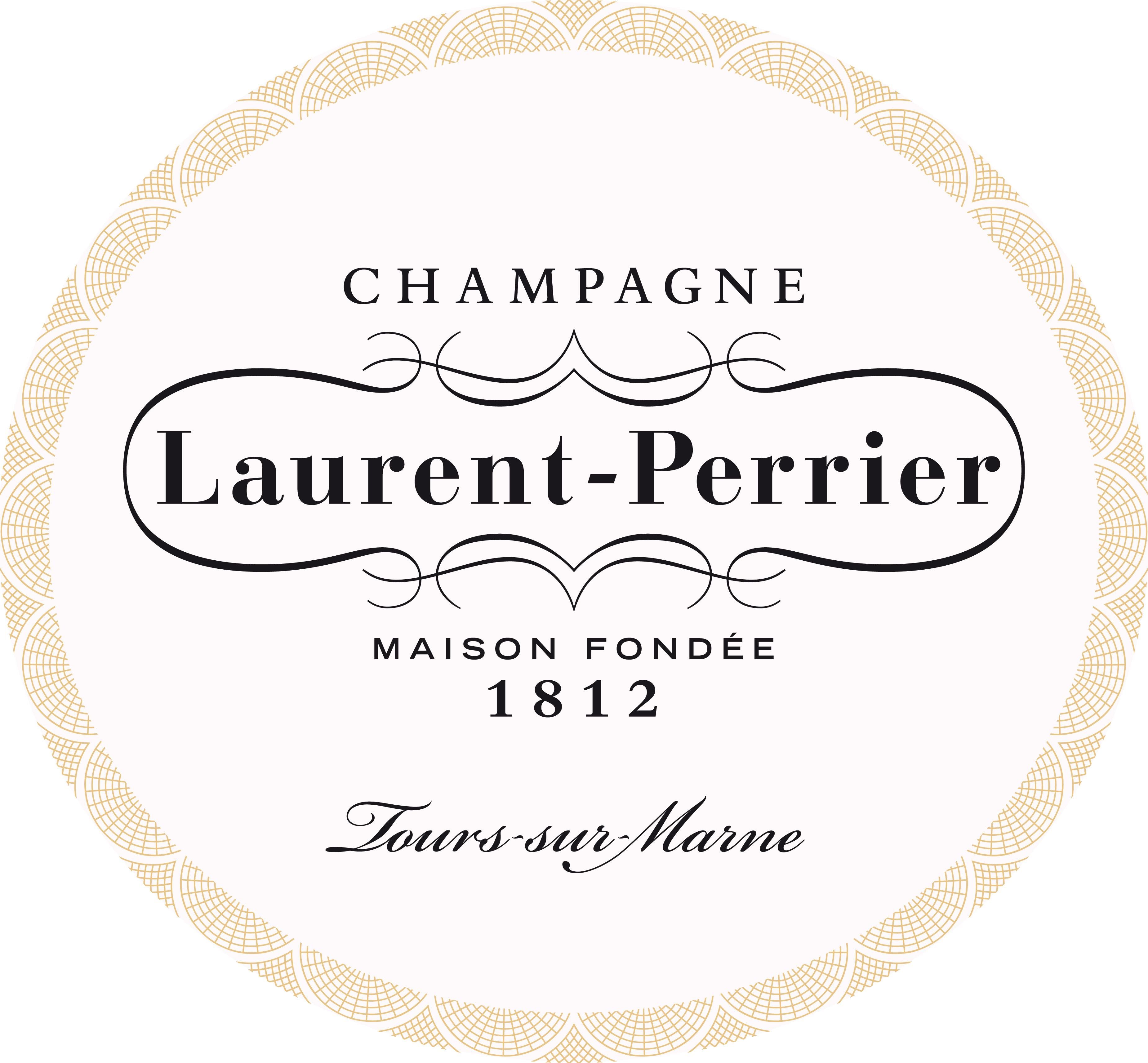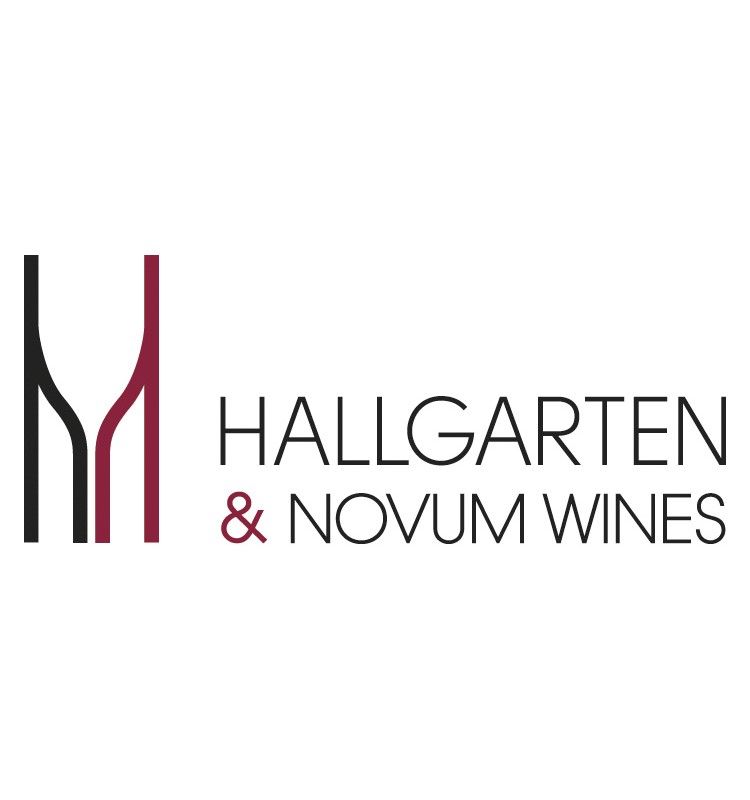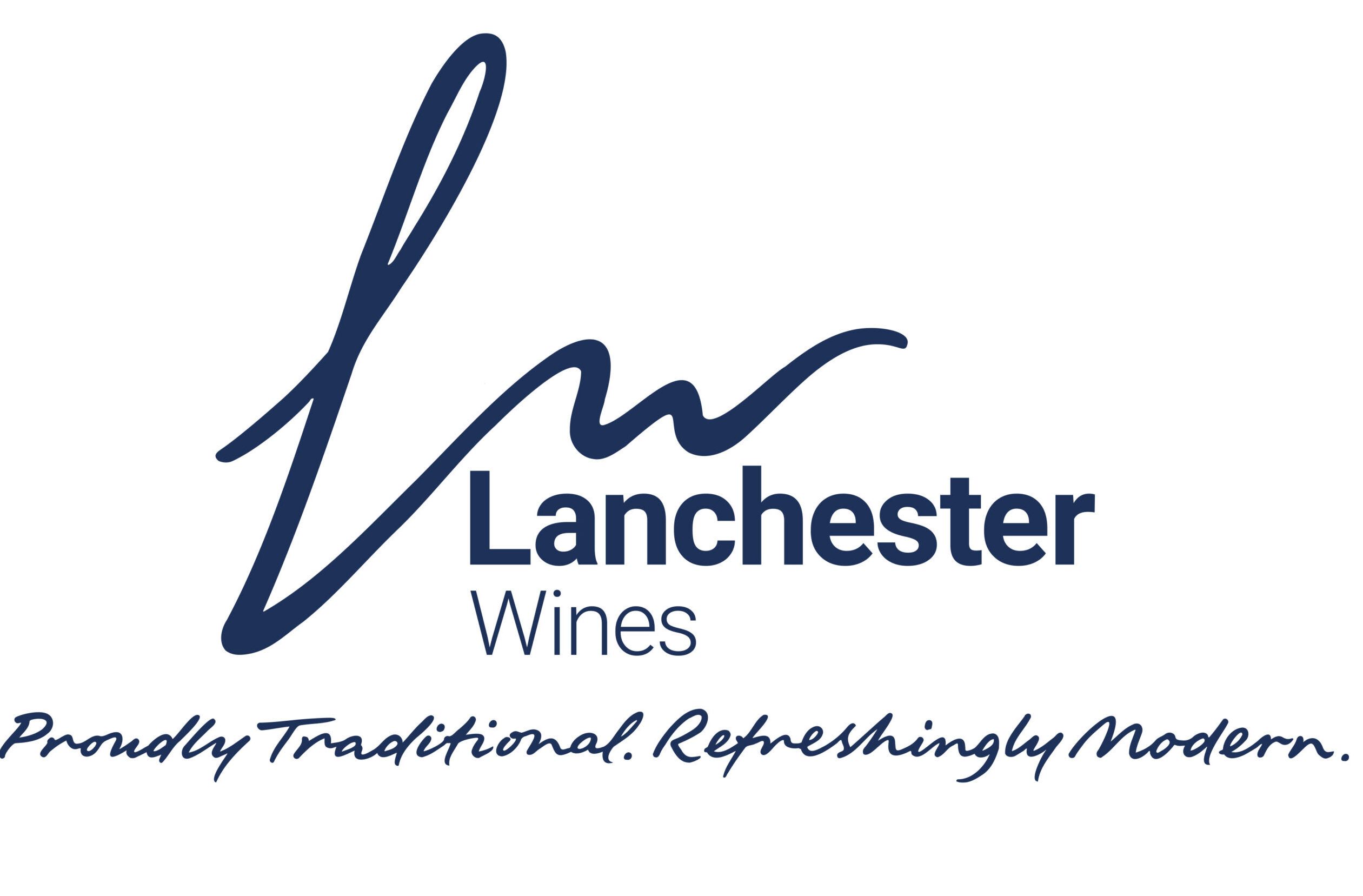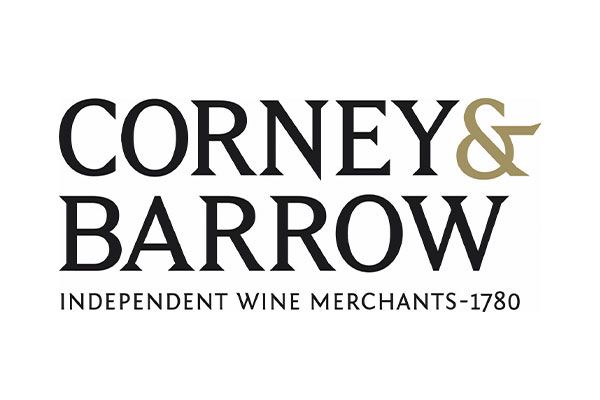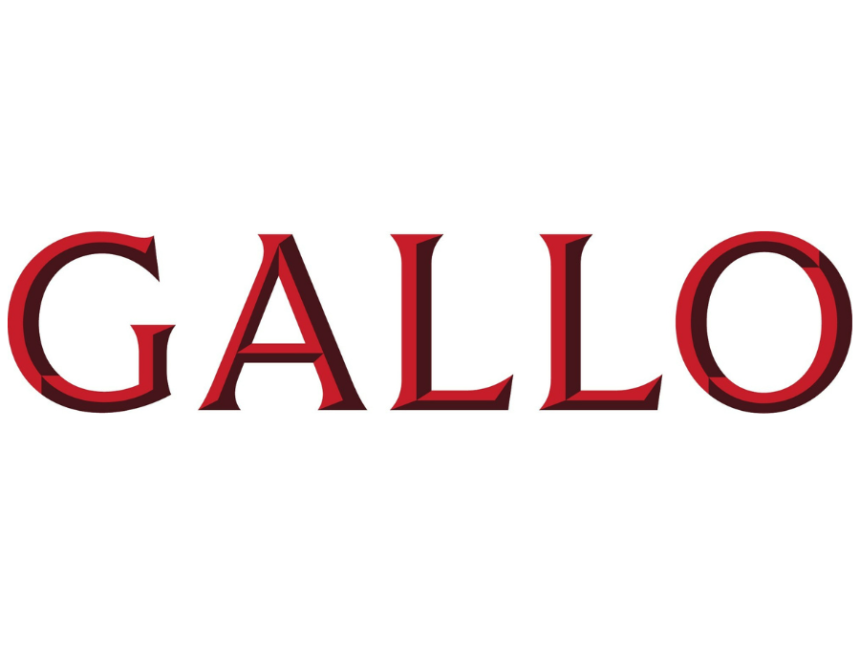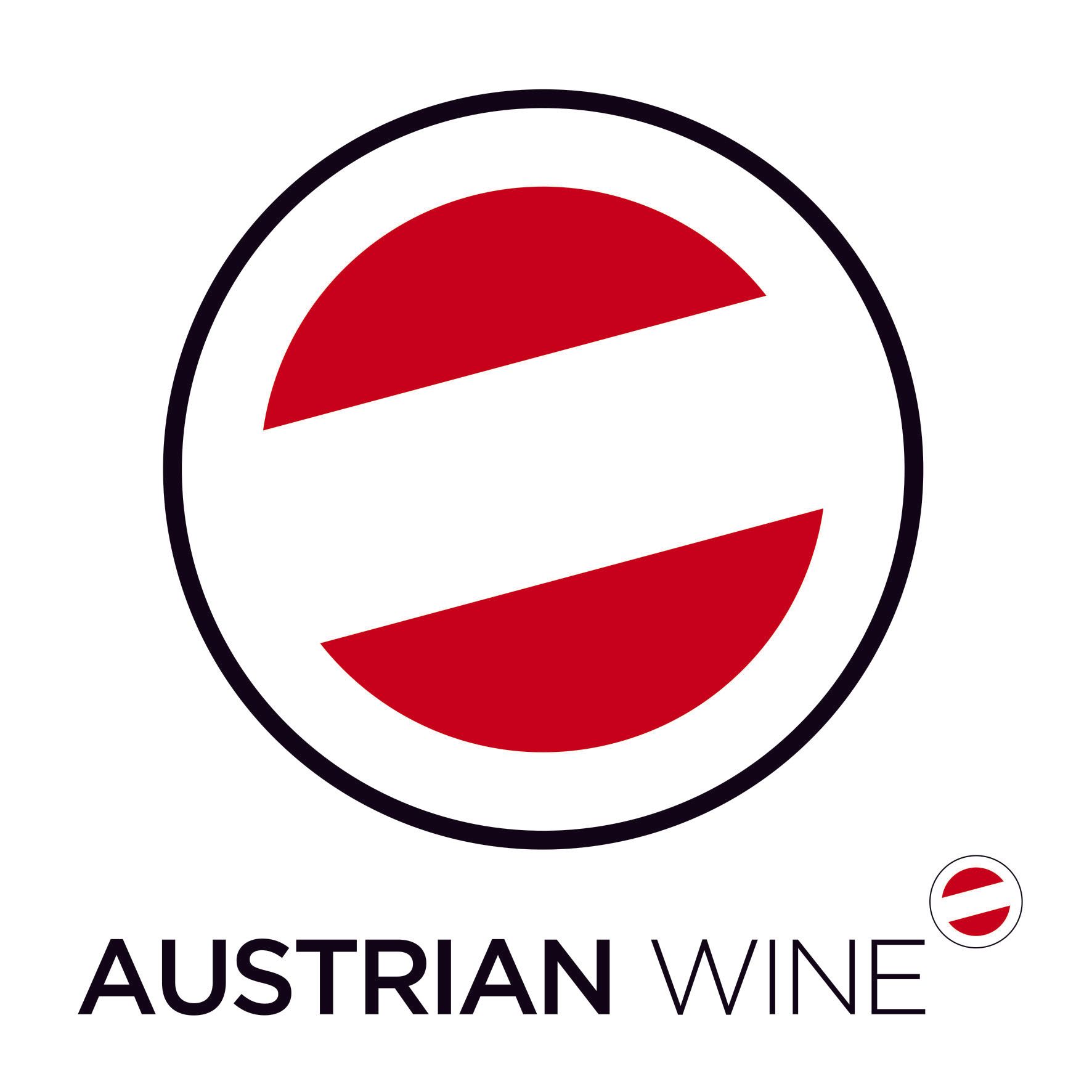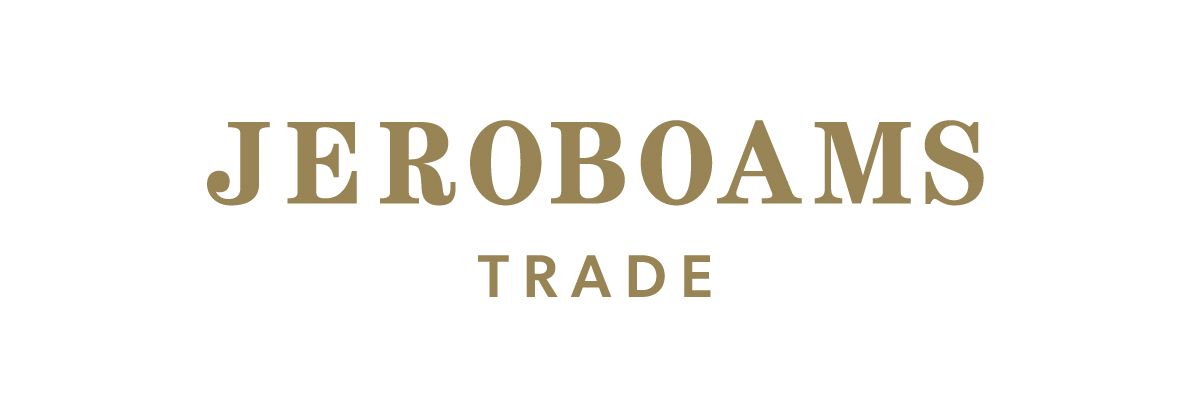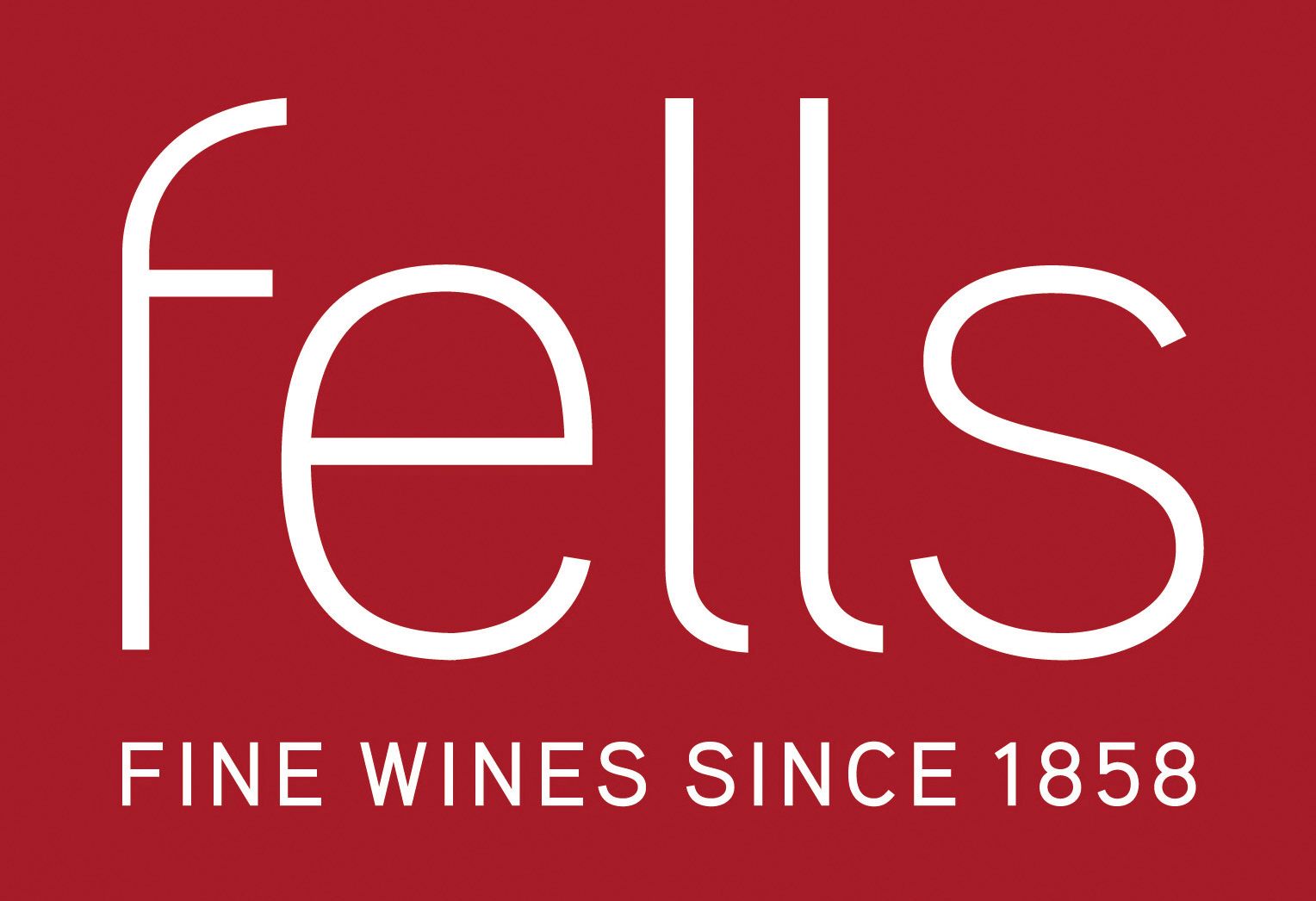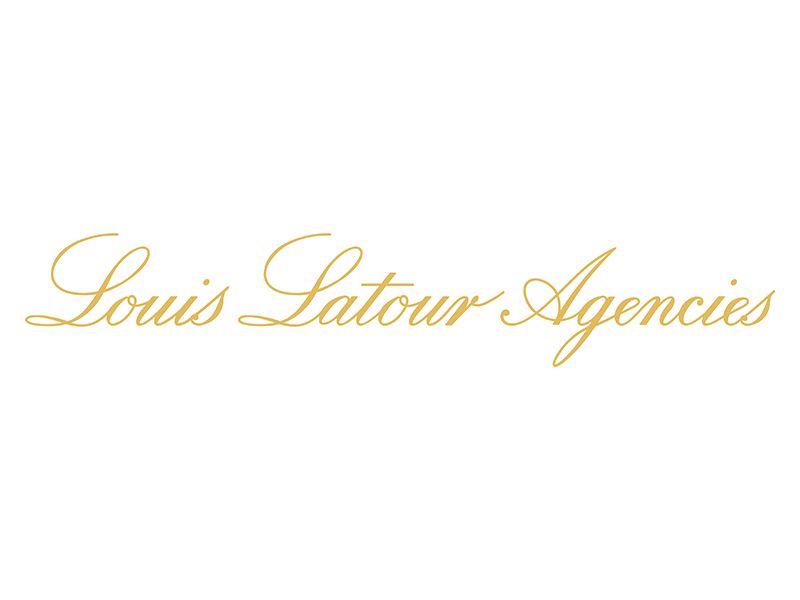A tasting worthy of a Prime Minister: seven stellar vintages of 10 different Pol Roger Cuvées Sir Winston Churchill.
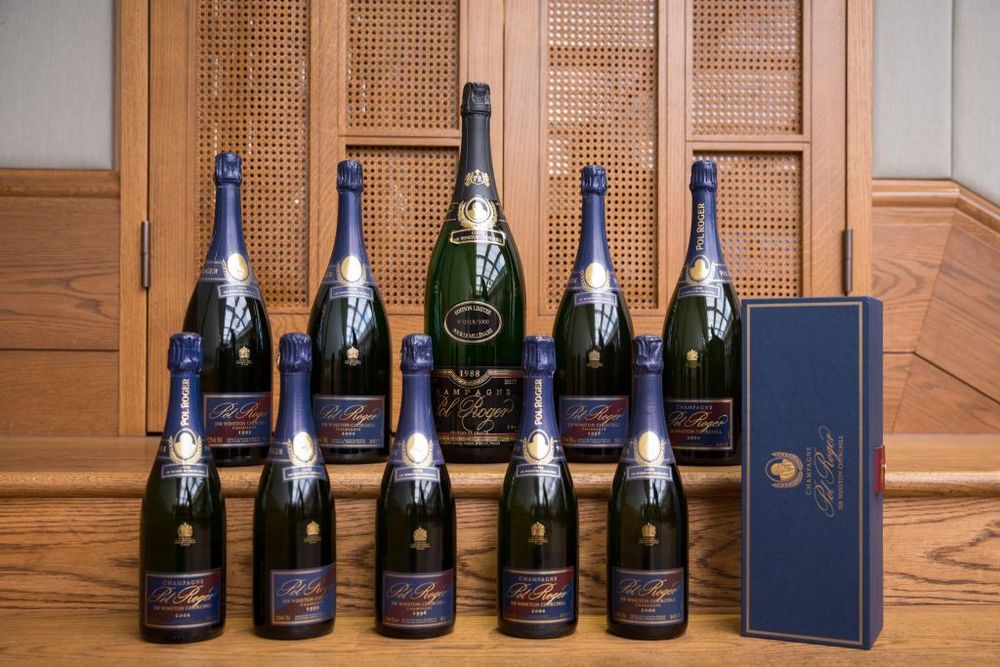
An impressive line up: 10 Cuvées Winston Churchill
Stellar is the only term with which to describe the outstanding vintage Champagnes made by the boutique house Pol Roger for their Cuvée Sir Winston Churchill. Organised by Nick Baker, founder of The Finest Bubble, specialising in same-day London delivery of an exclusive portfolio of fine fizz, and held at the purpose-built tasting rooms of 67 Pall Mall, it was presented by James Simpson MW, managing director of Pol Roger Ltd.
The tasting provided an exceptional insight of what happens when a small boutique house selects the best of the best and allows it to blossom in its own sweet time. Even amidst the multitude of London tasting opportunities the evening stood out. It showed that in 2016 true luxury is time and dedication to the long term – the very antithesis of immediate gratification but all the more gratifying for that.
A very recent prestige cuvée
- Pol Roger did not produce its first Cuvée Sir Winston Chruchill until 1975 as homage to the British statesman (1874-1965), thus making it one of the more recent prestige cuvées.
Tiny quantities
- “We managed to scavenge these bottles,” said Simpson, “all I do know is that they are not making an awful lot of it.”
- Putting production into context, Simpson explained that the entire annual Pol Roger production of approximately 1.6 million bottles was dwarfed by the estimated annual production of prestige cuvée Dom Pérignon’s estimated 5-6 million bottles.
- Extrapolating from that the production of Cuvée Sir Winston Churchill which is made “only in the best vintages, from the best possible grapes, aged for the longest possible time” explains the minute quantities available.
An enviable record
- Churchill, said Simpson, is estimated to have drunk 42,500 bottles of Pol Roger Champagne in his lifetime, but cautioned that this may refer to pint bottles, i.e. 568ml rather than today’s 750ml bottles.
- Churchill started drinking Pol Roger in 1908 and only ever drunk vintage Champagnes which in those days, so Simpson, were assembled from 80% Pinot Noir and 20% Chardonnay, of rather low potential alcohol, aged in oak barrels and dosage “with a good glug of Cognac.”
- When Churchill met Odette Pol-Roger at a function of the British Ambassador after the liberation of Paris in 1945 where Pol Roger 1928 was served, it was the beginning of a life-long friendship.
- Correspondence shows that Churchill insisted that a 1926 Pol Roger was served to Queen Elizabeth at a luncheon to celebrate her coronation, the year of her birth. But Simpson declared “The Pol that Churchill drank was significantly different from what we drink today.”
Today’s Cuvée Sir Winston Churchill
- “The family are rather hazy,” says Simpson about the secrecy which surrounds the blend for the cuvée, but supposes that the major part of it is based on Pinot Noir.
- The current release is the 2004 vintage – a 12-year lag.
- Simpson explains that all pressing is done immediately and locally to the vineyards. The juice is left overnight in a vineyard press house for an initial settling which gets rid of most solids. This is followed by another debourbage (settling) overnight at Pol Roger in Epernay which leads to an ultra-clean juice. Simpson thinks that this is part of the reason for the long ageing potential of the wines.
- There is no oak at all in the cellars, fermentation and ageing of all base wines happens in stainless steel. According to Simpson this is part of the “austere” style of this cuvée. After the second fermentation all the bottles are aged for 10-12 years in Pol Roger’s Epernay cellars, known as some of the coldest in Champagne with a constant temperature of about 8-9ᵒ .The cuvée received the standard Pol Roger dosage of 8-9g/l.
- All Pol Roger Champagnes are still hand-riddled but Cuvée Sir Winston Churchill is also still hand-disgorged and hand-labelled.
The Vintages:
Cuvée Sir Winston Churchill 1988 (Jéroboam): Disgorged in 1999 for the millennium. This was proof that big bottles can take their time. The nose showed clear evolution but both mousse and palate were of astonishing freshness in this 28-year-old Champagne. Proof of Pinot Noir’s structure and staying power. Whoever is lucky enough to own a Jéroboam of this: there is no hurry at all to drink it.
Cuvée Sir Winston Churchill 1996 (bottle): Disgorged in 2007. A funky nose led to a rather savoury nose with evolved hints of soy-sauce. The palate however was vibrant with a pleasantly bitter edge.
Cuvée Sir Winston Churchill 1998 (magnum): Simpson hailed this as “probably the best vintage of the 1990s.” For many this was the wine of the night and showed itself with still perfect, youthful freshness at the very cusp of yielding to evolution with flavours exploring the depths of profound chalk and stone. As it warmed in the glass there were decadent hints of demerara sugar across a palate of impressive, lasting freshness. One hopes that this delicious tipping point will last for quite some time.
Cuvée Sir Winston Churchill 1999 (bottle & magnum): the magnum showed more development in the glass: at first this seemed totally taut and fresh before relaxing into slightly more evolved flavours, the bottle seemed the richest of the assembly with decadent notes of creamy caramel which nonetheless were borne out by a super-fresh, super-sprightly palate and exquisite mousse. An incredibly successful and beguiling pair.
Cuvée Sir Winston Churchill 2000 (bottle & magnum): The slightly golden colour hinted at evolution. The bottle from 2000 was the weakest (everything is relative) of the lot, showing far more evolution than a 16-year-old wine would suggest with some tinned champignon flavours on the nose. The palate however had cut-glass acidity and a lovely, lively mousse. The magnum from 2000 told a different story: this had barely begun to evolve and still showed a smoky, flinty note of delicious reduction and was smoulderingly seductive in its still tightly coiled state, full of promise and poise. Just one case where magnum seemed the better option.
Cuvée Sir Winston Churchill 2002 (bottle): One of the undeniable stars of the night and my personal favourite. A Champagne of otherworldly completeness and impeccable poise. Utter balance between completely taut structure and expressive, lifted flavours combined into clear-cut elegance. An utterly memorable wine and a total paradigm of Champagne.
Cuvée Sir Winston Churchill 2004 (bottle & magnum): This is the current release, disgorged in 2015. Pale golden, this had an almost floral aspect and came across as more pliant, with a creamier palate and a smoother overall picture. Right now this is full of deceptively easy charm. The magnum seemed frothier, foamier and as fresh as a daisy – almost like it was wrestled from its cocoon. Having tasted older vintages it would seem a pity to drink this now.
